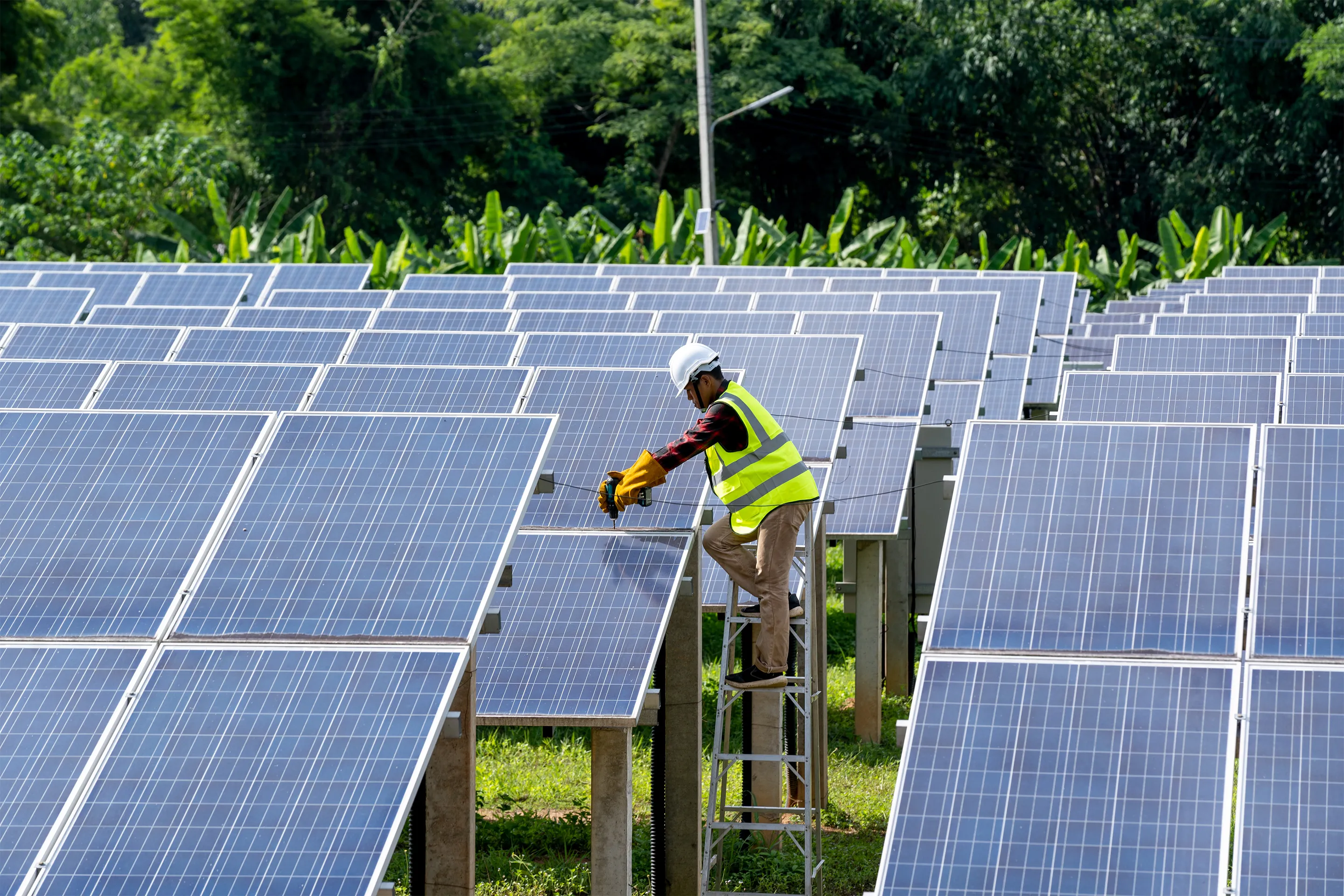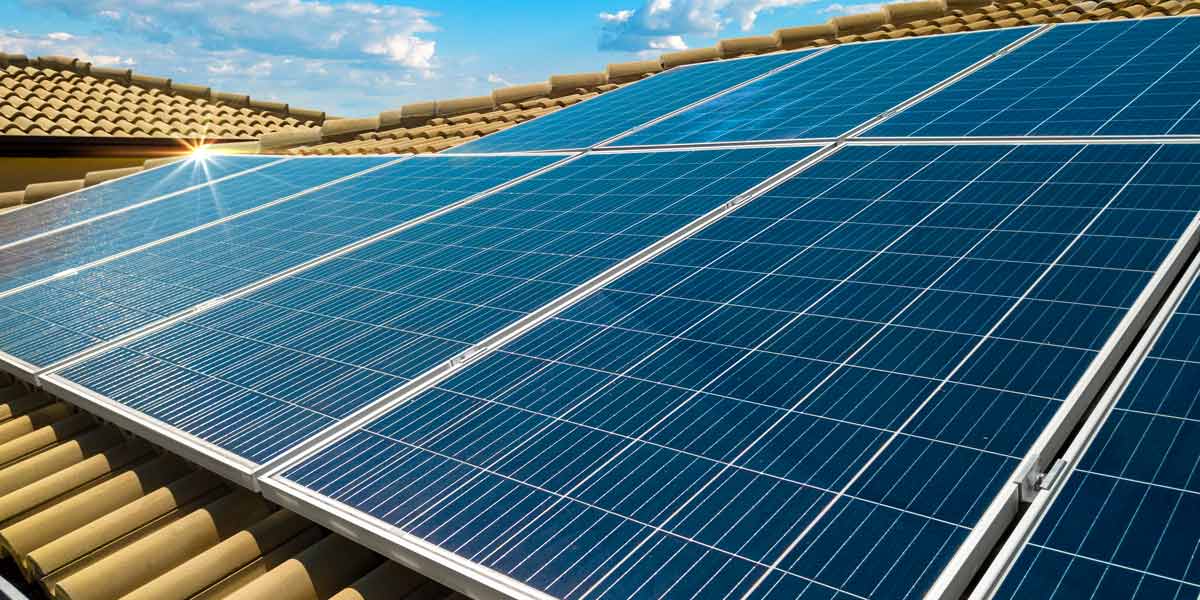Solar Energy Services Virginia: Lumina Solar Concentrates On Supplying Advanced Photovoltaic Solutions For Homes And Services
History and Founding
Have you ever wondered how a solar panel company springs from a simple spark of motivation into a powerhouse of eco-friendly energy? It typically starts with a vision-- one sustained by a mix of innovation, decision, and a pinch of serendipity. The journey of numerous solar business mirrors the development of the innovation more info itself: from large, inefficient panels to streamlined, high-efficiency marvels harnessing the sun's bounty.
The Early Days
In the late 20th century, when solar power was still a niche idea, pioneers planted seeds for what would end up being a worldwide motion. Imagine a small workshop filled with curious engineers, relentlessly experimenting with photovoltaic cells. Their passion was palpable, frequently driven by a desire to fight climate change and lower reliance on fossil fuels.
One such anecdote has to do with a founder who, inspired by an outdoor camping trip, understood that even in remote areas, the sun could power important devices. This basic observation stimulated a business's mission to democratize access to tidy energy.
Establishing Concepts

- Development: Continuously pressing the limits of solar innovation to improve efficiency and sturdiness.
- Sustainability: Committing to environmentally friendly manufacturing and reducing carbon footprints.
- Availability: Making renewable resource options economical and practical for daily users.
Turning points in Growth
| Year | Secret Occasion |
|---|---|
| 1985 | Business founded in a small garage, focusing on research study and advancement. |
| 1995 | Very first industrial photovoltaic panel item launched, getting regional attention. |
| 2005 | Expanded to global markets, welcoming worldwide sustainable energy objectives. |
| 2015 | Presented advanced photovoltaic panel technology with improved energy conversion. |
Isn't it fascinating how these incremental steps, often neglected, shape the energy landscape today? The solar panel business story is not almost innovation; it has to do with a ruthless quest for a brighter, cleaner future.

Innovations in Solar Panel Technologies
Ever noticed how some solar panels gleam brighter and last longer? It's not magic; it's the science of photovoltaic effectiveness. Modern solar panel companies invest greatly in technologies like bifacial cells, which record sunshine from both sides, boosting energy harvest without broadening roofing area. Have you ever wondered why some panels perform much better on cloudy days? That is because of advances in thin-film solar innovation, which grows under diffused light conditions.
Item Variations Tailored to Special Needs
One size never ever fits all. Photovoltaic panel providers now provide:
- Monocrystalline panels for optimum performance and sleek looks, suitable for space-constrained rooftops.
- Polycrystalline panels, which provide an economical alternative without compromising excessive output.
- Building-integrated photovoltaics (BIPV), merging solar tech effortlessly into architectural elements like windows and exteriors.
Selecting the right product isn't practically upfront expense; it has to do with matching your environment, energy objectives, and long-lasting cost savings. Homes shaded by trees need panels that stand out in low-light circumstances, something many ignore till energy expenses climb up suddenly.
Technical Tips for Optimum Choice
- Assess the temperature level coefficient-- lower worths mean panels lose less effectiveness on hot days.
- Look for panels with improved anti-reflective coatings to maximize light absorption.
- Consider the panel's warranty not just for defects, but for ensured power output over decades.
- Don't ignore the significance of the inverter innovation coupled with the panels; it can make or break your system's performance.
Beyond Panels: Emerging Trends
Imagine photovoltaic panels that change their angle instantly to chase the sun-- tracking systems are ending up being more available, increasing yield substantially. Or solar tiles that mix undetectably into your roofline, transforming your home into a quiet, self-sufficient power generator. These innovations are reshaping what a solar panel business uses-- not simply products, however incorporated energy options.
Market Existence and Global Operations
Ever wonder why some solar panel companies seem to sprout up in every corner of the world while others hardly make a ripple? The distinction lies not simply in technology however in mastering the art of navigating diverse markets. Expanding internationally is like planting seeds in different environments-- you should understand each environment's distinct conditions to prosper.
Take, for instance, the detailed dance of logistics and supply chain management. Delivering panels halfway throughout the world isn't practically range; it's about timing, customizeds, tariffs, and adapting to regional need variations. A company with robust international operations prepares for these variables, making sure panels arrive on schedule without pumping up costs. This insight is no small accomplishment and often separates market leaders from fans.
Secret Techniques for Expanding Market Existence
- Localized manufacturing: Establishing production hubs near target markets minimizes shipping delays and import complexities.
- Strategic partnerships: Collaborating with regional companies accelerates market penetration and constructs trust.
- Adaptive item design: Customizing solar panel tech to weather, sun intensity, and facilities nuances enhances performance and approval.
What about the human element? Solar panel companies running worldwide need to reconcile cultural distinctions and regulative nuances without forgeting their core mission. What works in a sun-drenched desert may falter in a humid seaside region. In some cases, the most ingenious option is merely listening-- absorbing regional insights to fine-tune innovation and technique.
Experts often encourage a phased rollout rather than a shotgun growth. Why run the risk of overextension when measured growth constructs sustainable momentum? Scaling sensibly indicates balancing ambition with functional resilience - Solar Companies in Virginia. In the race for sustainable energy dominance, patience can be as valuable as speed.
Environmental Effect and Sustainability Practices
When photovoltaic panels first emerged, numerous assumed they carried absolutely no environmental baggage. The truth is more nuanced. The production of photovoltaic cells includes rare earth metals and energy-intensive processes, which can leave a sizable carbon footprint before the panels even reach roofs. Yet, the real ecological expense depends heavily on the sustainability practices employed by the solar panel business throughout the lifecycle of their items.
How typically do we stop briefly to consider what happens to solar panels at the end of their beneficial life? Unlike batteries or electronics, photovoltaic panels can last 25-30 years, however disposal and recycling pathways stay underdeveloped in lots of areas. A business devoted to reducing ecological harm will have a robust strategy for recycling photovoltaic materials, restoring valuable silicon, glass, and metals to avoid land fill accumulation.
Key Sustainability Techniques
- Using low-impact production techniques that lessen water and energy consumption.
- Executing closed-loop systems to recycle production waste back into new panels.
- Engaging in transparent supply chain audits to make sure ethical sourcing of basic materials.
- Creating panels for simpler disassembly to aid future recycling efforts.
It deserves keeping in mind that some solar business have actually pioneered innovative techniques, such as incorporating biodegradable elements or using less toxic chemicals during fabrication. This not only lowers ecological stress however likewise sets a precedent for the industry. The concern remains: can the solar market truly pivot towards a circular economy model without compromising efficiency or cost?
Professional Tips for Evaluating Sustainability
- Ask about the company's dedication to carbon-neutral production and whether they balance out emissions.
- Examine if they partner with accredited recycling facilities dedicated to solar panel waste.
- Try to find openness reports detailing ecological effects and sustainability goals.
- Think about the longevity and service warranty of panels as an indirect measure of resource effectiveness.
In the end, selecting solar power needs to indicate more than just slashing electrical power costs; it's about supporting a future where energy is collected responsibly and waste is attentively handled. Photovoltaic panel business that embrace this approach not only light up homes but likewise cast a brighter light on sustainable development.